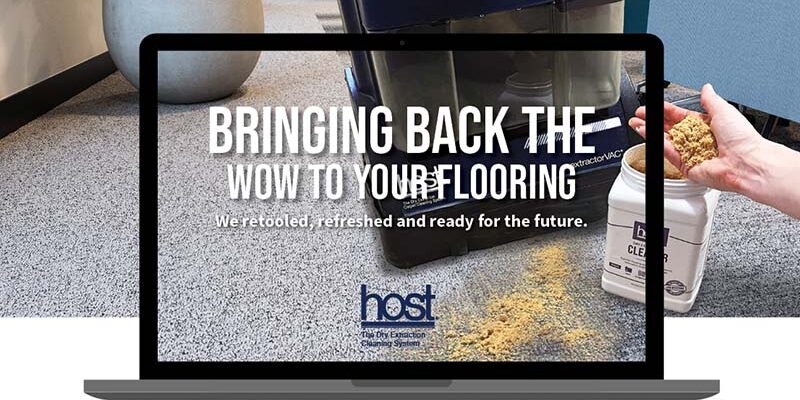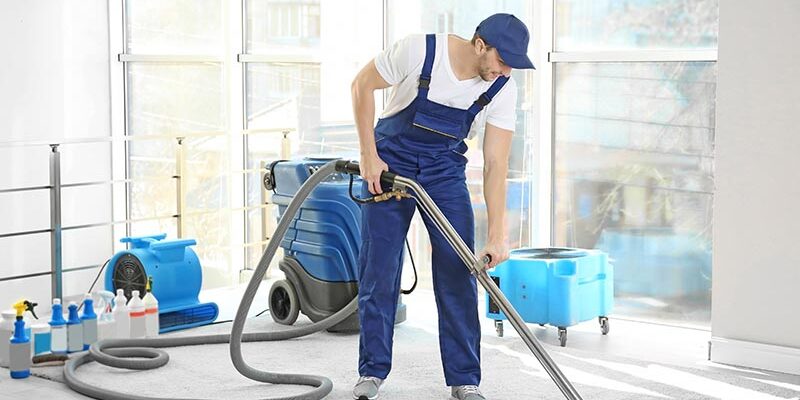The Real Science of Carpet Chemistry

Our world is filled with made-up things that outshine its truths. This can also apply to our industry, and if there is one truth that exists, it is that as a carpet cleaning professional, you need to know how chemistry impacts your work.
Truths in science
You can be certain that the ANSI/IICRC S100 Standard for Professional Cleaning of Textile Floor Coverings will be a guideline. Here is an example of real science and your responsibility to it.
2.6.1 Chemical Reactions
The cleaning technician should understand that a chemical reaction changes the soil or staining agent into another substance. Extraction may be used to remove this new substance, or it may be left in place if it is volatile and will completely evaporate, or if it is innocuous. An example would be using hydrogen peroxide, which is volatile, on food dyes. Common chemical reactions that can occur during cleaning include ionization, reduction/oxidation, and biologically activated processes (bacteria and enzymes).
In other words, a cleaner should know what a chemical reaction is. But what is the definition of “should?” The standard defines the use of “should” in a document as meaning that the practice or procedure is a component of the accepted “standard of care” to be followed, while not mandatory by regulatory requirements.
In other words, it is something that you are supposed to know.
What are the chemical reactions? The standard speaks of three, yet the third is really not a reaction but something else. See for yourself.
- Ionization is about substances that have an unequal number of electrons and protons. Chemists would say that acids are proton donors while alkalines are proton receivers. A scale that measures one aspect of acids is pH.
- Reductions/oxidation is about substances that want to lose or gain electrons. If you took a carpet cleaning class, you most likely studied bleach. You might have learned that there are reducers and oxidizers. The scale for measuring bleach is called “ORP,” which measures the propensity of these reactions in whose units are in millivolts (mv).
- Biological deals with things like enzymes. Instead of seeing this as a propensity for a chemical reaction, it should be viewed as a catalyst that makes a reaction happen quickly.
Conflicts in science
With this said, here is where some of the made-up stuff begins. How many of you thought the pH was the measurement of acids and alkalines? Were you taught that? You will notice in point #1 previously that it is a measurement (scale). Buffering is one factor in determining the strength of a pH. A buffered pH will maintain its pH under dilution even though its alkalinity is decreasing. That is, pH is a component of alkalinity, but pH is not, itself, alkalinity. This means that the pH 10.0 rule is based upon a weak form of science.
The pH 10.0 rule for nylon came about in 1988 because of the acid dye blocker. While this was the rule, some products with pH 11 were nonreactive on acid dye blockers, and others with pH 9 were reactive. In 2007, the CRI formed its laboratory testing program called the Seal of Approval (SOA). Laboratory testing is the ultimate way to reconcile all aspects of chemical reactions.
It was once believed that the Wools of New Zealand organization made a pH of 4.5 to 8.5 rule for wool. The true leadership of Wools of New Zealand did not make such a guideline. Most educators now teach that the products for cleaning wool should be WoolSafe® approved. WoolSafe once approved a product whose concentrated pH was 13.5, 11+ in dilution. At the same time, they did not approve of some products whose pH was 6.5 because they were too alkaline. That should tell you something about how pH and alkalinity truly correlate with one another.
Technology has found a practical and affordable solution to reconcile pH and buffering; you simply measure the pH directly from the carpet. The S100 says that the cleaning technician should understand how to test the pH of a solution and the pH of the fibers being cleaned. A pH meter can be used or strips of pH paper. A pH meter electronically measures pH. pH paper uses indicator dyes that change color according to the pH.
Note that the standard again says “should.” The S100 goes on to say that the cleaning technician should understand that pH only partially describes the likelihood and strength of a chemical reaction. The makeup of the ions involved—the presence or absence of buffering agents that stabilize pH—are among the factors that influence reactions. Therefore, knowing only the pH of a cleaning product is insufficient to know if it’s compatible with a fiber being cleaned.
Note that the standard says, “knowing only the pH of a cleaning product is insufficient to know if it’s compatible with a fiber being cleaned,” then later in the standard, it gives a guideline based on the pH of a product like the pH 10 rule. One is based on science; the other was done to have a simple guideline pointing in the right direction. Educators believe that most technicians cannot comprehend what is being said here. Yet, nothing can be simpler than taking a pH reading directly from the carpet.
The cleaning industry seems to be expanding the pH 10 guideline to include all synthetics. This is surprising since nylon was the only petroleum-based synthetic with alkalinity issues. As I said at the beginning of this article, “Our world is filled with made-up things that outshine its truths.”












